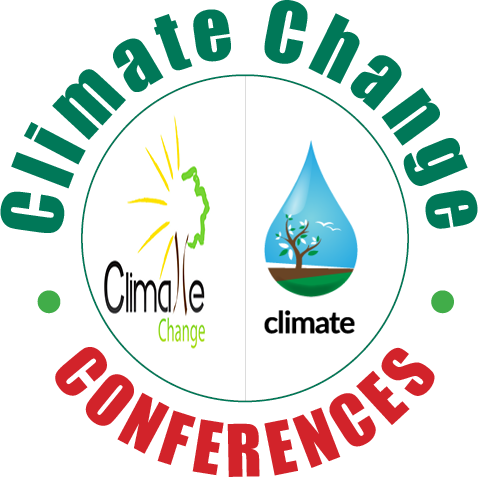
Volker M. Arlt
King’s College London, UK
Title: Modelling mutational signatures of environmental carcinogens in cultured human cells
Biography
Biography: Volker M. Arlt
Abstract
Whole genome sequencing (WGS) of human tumors has revealed distinct patterns of mutation that hint at the causative origins of cancer. The Catalogue of Somatic Mutations in Cancer (COSMIC) is a global resource for information on somatic mutations in human cancer and currently lists 30 distinct mutational signatures. Some signatures are correlated with known environmental exposures, but the causative origins of many signatures remain unknown. We have developed an experimental approach using human induced pluripotent stem (iPS) cells to define mutational signatures of environmental carcinogens by WGS. Treatment conditions (e.g. concentration) for WGS were optimized by assessing cytotoxicity, DNA damage response signaling and the formation of premutagenic DNA adducts. After WGS, a ubiquitous background mutational signature was extracted in all clones showing similarities with COSMIC Signature 18 which has been reported in other cultured human cells. Specific signatures were identified in human iPS cells, following exposure to benzo[a]pyrene (BaP), simulated sunlight aristolochic acid I (AAI) and aflatoxin B1 (AFB1), revealing characteristic mutation pattern for each carcinogen that were highly similar to COSMIC signatures of mutations found in tumors of individuals who were exposed to the agent of interest: predominantly G to T mutations for BaP were linked to COSMIC Signature 4; C to T for simulated sunlight was linked to COSMIC Signature 7; A to T for AAI was linked to COSMIC Signature 22; and G to T for AFB1 was linked to COSMIC Signature 24. Thus, human cell-based systems and WGS can be used to study the genome as a record of environmental exposure.
Recent Publications
-
Long A S, Wills J W, Krolak D, Guo M, Dertinger S D, et al. (2018) Benchmark dose analyses of multiple genetic toxicity endpoints permit robust, cross-tissue comparisons of MutaMouse responses to orally delivered benzo[a]pyrene. Arch. Toxicol. 92(2):967–982.
-
White P A, Douglas G R, Phillips D H and Arlt V M (2017) Quantitative relationships between lacZ mutant frequency and DNA adduct frequency in Muta™Mouse tissues and cultured cells exposed to 3-nitrobenzanthrone. Mutagenesis 32(2):299–312.
-
Kucab J E, Zwart E P, van Steeg H, Luijten M, Schmeiser H H, et al. (2016) TP53 and lacZ mutagenesis induced by 3-nitrobenzanthrone in Xpa-deficient human TP53 knock-in mouse embryo fibroblasts. DNA Repair 39:21–33.
-
Nik-Zainal S, Kucab J E, Morganella S, Glodzik D, Alexandrov L B, et al. (2015) The genome as a record of environmental exposure. Mutagenesis 30(6):763–70.
-
Kucab J E, van Steeg H, Luijten M, Schmeiser H H, White PA, et al. (2015) TP53 mutations induced by BPDE in Xpa-WT and Xpa-Null human TP53 knock-in (Hupki) mouse embryo fibroblasts. Mutat. Res. 773:48–62.

